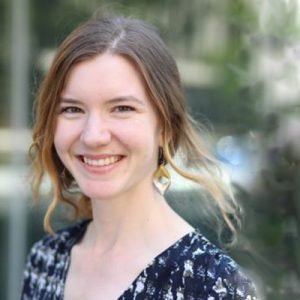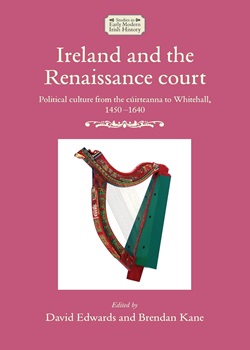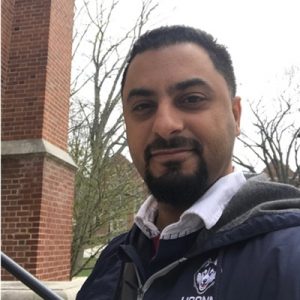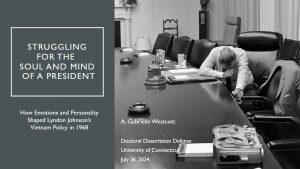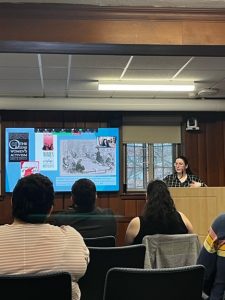
Congratulations to Frances Martin who successfully defended her dissertation, “From the Ambassadors of Little Saigon: The Nation-Making and Grassroots Diplomacy of Vietnamese Refugees in the United States, 1975-1997″, on June 7th!
From her abstract:
“Following the collapse of the Republic of Vietnam, many left Vietnam as refugees and resettled in the United States. However, for the Vietnamese refugees living in the United States, the formal dissolution of their nation-state did not sever their allegiance to their countrymen and the ties that bound them together as a nation. This dissertation examines how stateless individuals organized and advocated for themselves in the international system and replicated the functions of a nation through this activism. Using three Vietnamese refugee groups in the United States, The National United Front for the Liberation of Vietnam (The Front), The Families of Vietnamese Political Prisoners Association (FVPPA), and Project Ngoc, this project examines how Vietnamese refugees in the United States reproduced different structures of a nation (the state, family, and civil society). The Front sought the overthrow of the Socialist Republic of Vietnam and the creation of an anti-communist Vietnam. In doing so it recreated the state structures of military and government in the Vietnamese refugee population in the United States. The FVPPA, by raising awareness of the issue of Vietnamese re-education camp prisoners and fighting for their release, immigration, and resettlement process, ensured the reestablishment of the Vietnamese family in the United States. Finally, Project Ngoc, a student activist organization through advocating for Vietnamese refugees and protesting the policy of forced repatriation, participated in and strengthened the civil society of the Vietnamese refugee population. These three organizations are examples of the way stateless peoples use their activism to protect themselves from international neglect and advance their agendas in the nation-state system.”
